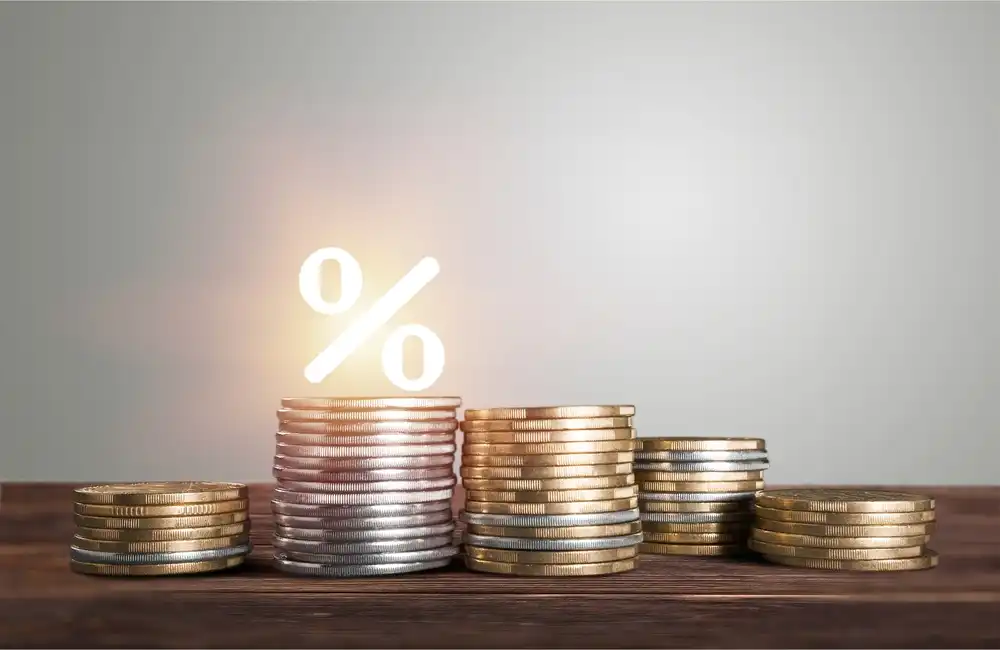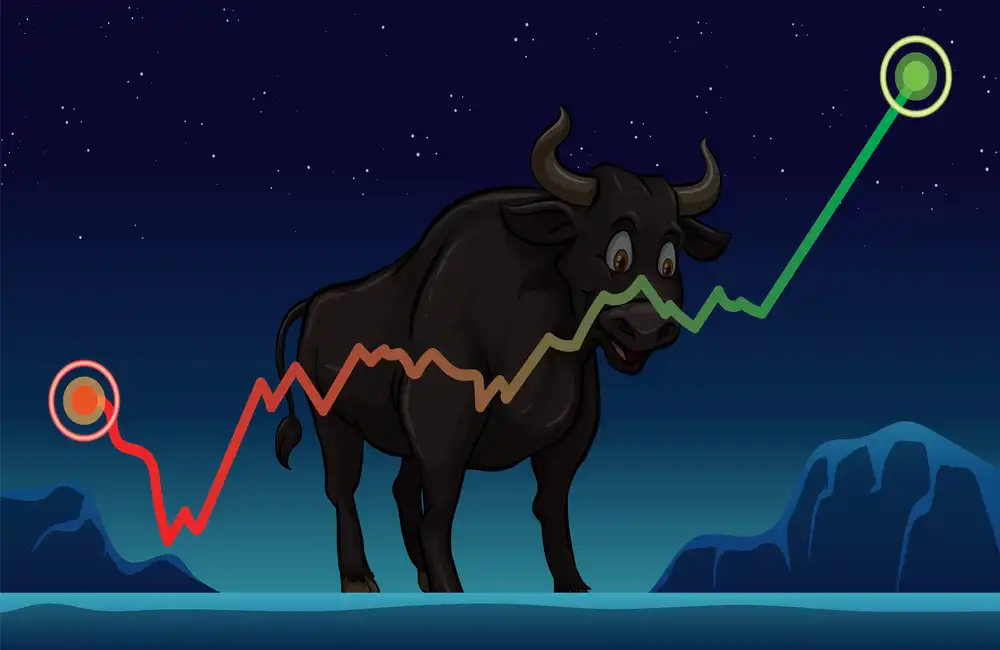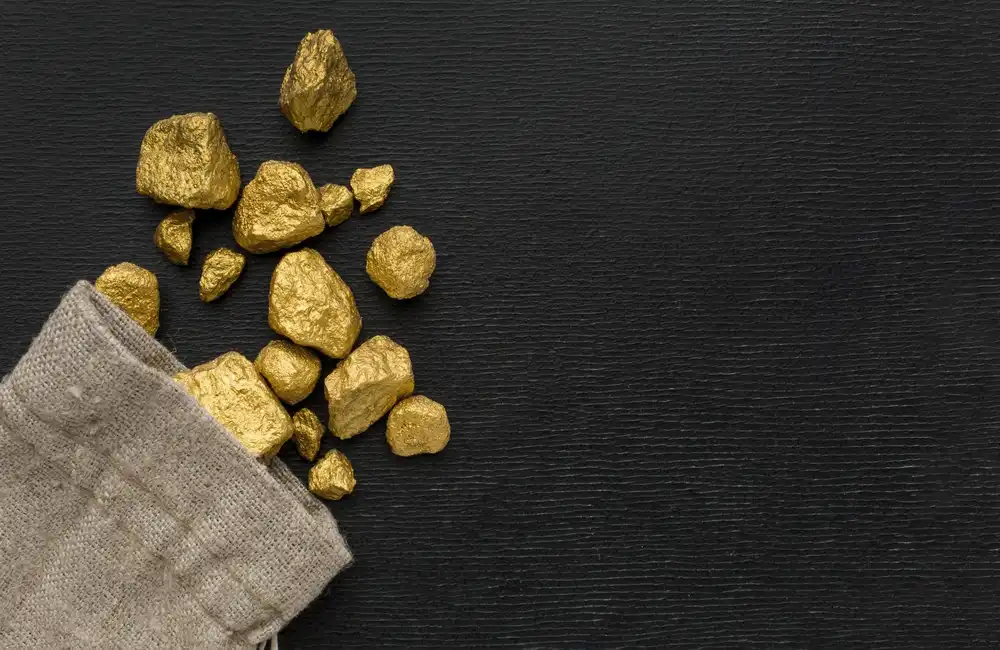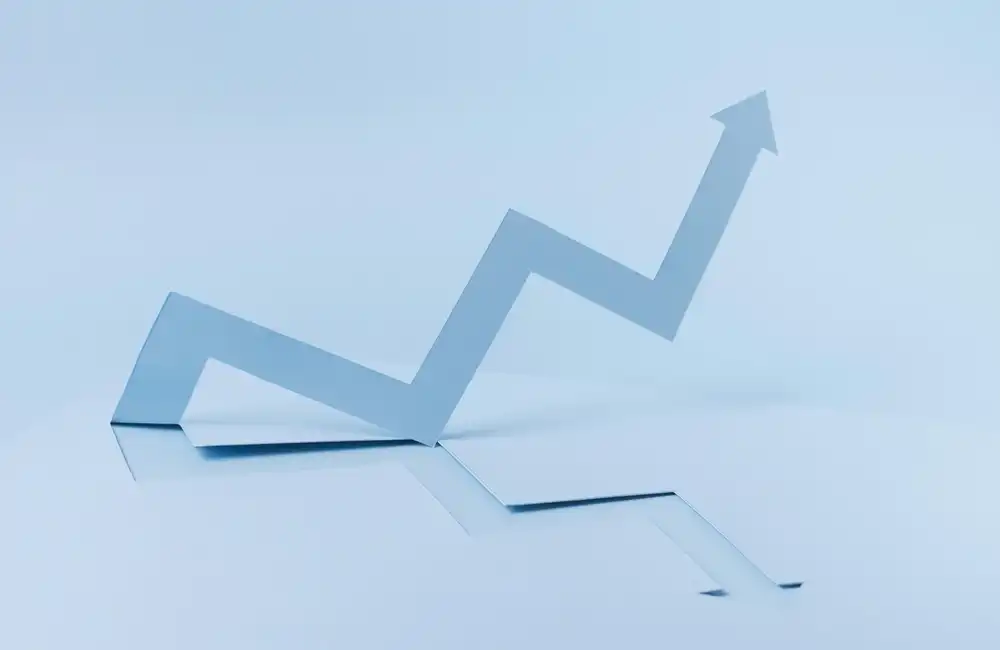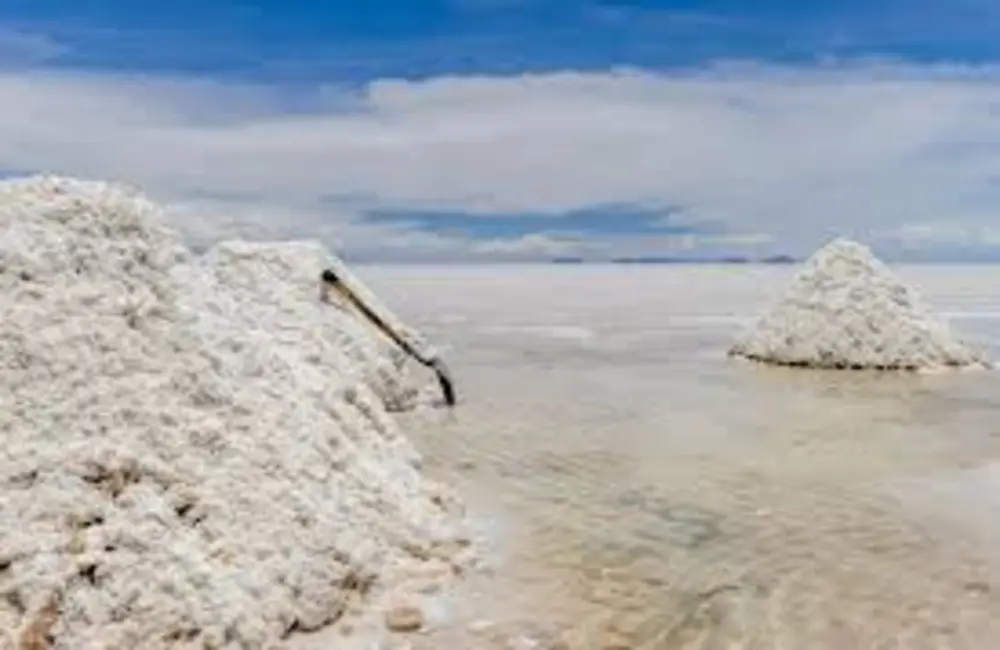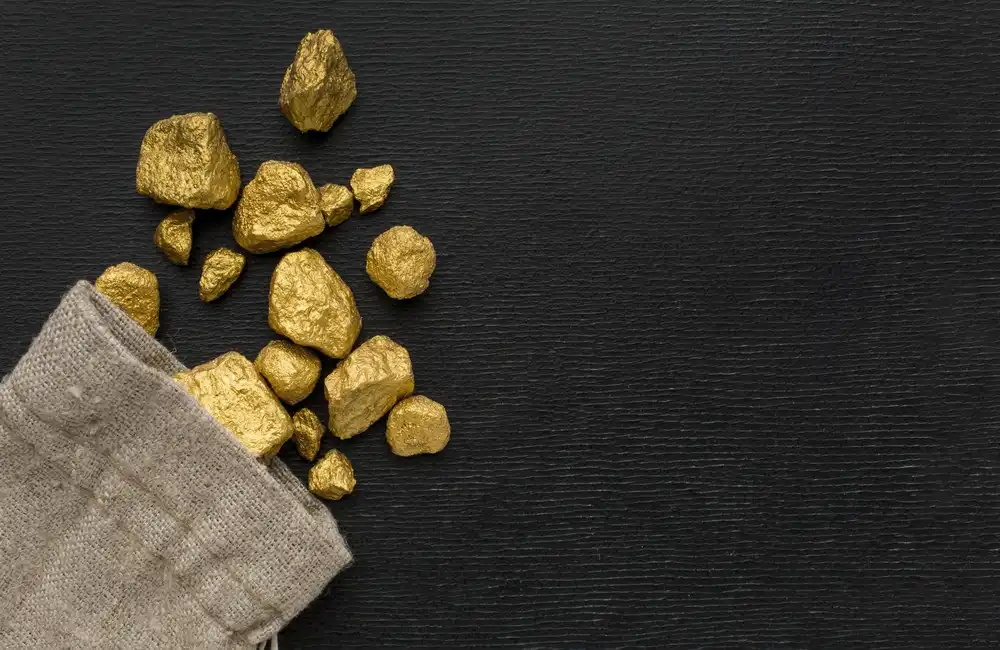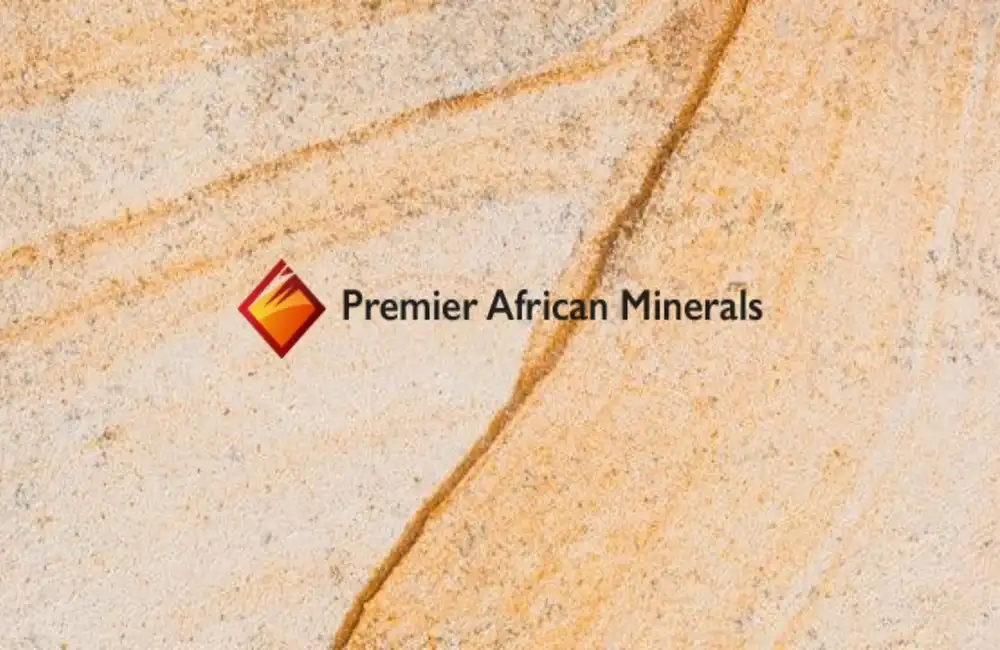Lithium prices are due for a correction over the next few months as new capacity comes online, just as a number of world economies are likely headed for recession, said participants at the Financial Times Mining Summit in London this week.
Lithium prices could dive 30%-40% to current levels by December on recession expectations setting in in the US, a well-placed risk manager said on the sidelines of the event Oct. 21. The correction would largely be due to reduced demand from the US electric vehicle sector as US consumers discover they have less money available to buy EVs, the risk manager said. This forecast was echoed by a leading analyst.
“It’s foolish to believe that lithium is just going to be the same stuff that it is today,” Nicholas Snowdon, a metals strategist at Goldman Sachs, said during a panel discussion exploring the lithium market. “We have a super tight supply environment today. There’s an immensely strong supply environment in China now, where with incredibly strong restocking in China, this year the additional supply is 20%.”
“Lithium is in good deficit, strong deficit, for two years, but by 2025, it will go to a situation of good supply. We’re going to see a significant fall in the next two years.”
Price surge this year
Lithium prices have more than doubled this year on strong demand for the bright metal to be used in EV batteries, even as a tight demand/slowdown dynamic played out on a global scale. Platts assessed battery grade lithium carbonate and hydroxide at all-time highs of Yuan 542,000/mt ($75,000/mt) and Yuan 532,000/mt, respectively, Oct. 20, reflecting a year-on-year jump of 179% and 180%, according to data. Both prices were on a landed, duty-paid China basis.
Prices of lithium carbonate in China had been on an upward trend since mid-August, after the supply in the provinces of Sichuan and Qinghai was negatively impacted by power shortages and pandemic curbs, while downstream demand continued to soar.
Lithium prices will, after the correction, stay around $50,000/mt for some time “until hydrogen becomes a more common form of fuel,” the risk manager said.
Supplies may almost double with new projects
Trafigura lithium trader Clare Blanchelande said déficits plague the current market, but that sizeable supply will soon follow suit. "New Supply as much as 500,000 mt to 600,000 mt of new supply," which is at the scale of the lithium industry today. The volume will chiefly come from Africa, principally Zimbabwe, Blanchelande said.
“We want to discourage producers from taking units out of the market to profit,” she said.
Alistair Finerty, director of metals and mining at Standard Chartered, estimated the size of the world lithium market is around 675,000 mt this year.
Maria Fernanda Avila of the Argentine government, who spoke at the event, said six new lithium projects are currently being built in the country.
And panel participants said that developments in battery technology could also be key to the future of the lithium market.
But LFP technology lithium, iron and phosphate which used to account for only a quarter of the battery chemistry market, soared to a 55% market share earlier this year as near record high nickel prices discouraged battery producers from using the nickel-bearing NMC or Lithium Nickel Manganese Cobalt Oxide technology, contributing to increased demand, participants said.
“This is going to slow down,” Snowdon said.
Some projects uncertain
Some lithium projects, however, remain in despair. Also in Serbia, Rio Tinto's Jadar project had its licenses revoked early this year by the government due to community and environmental concerns. The project was forecast to be one of the biggest in the world, with planned output of 55,000 mt/year of battery grade lithium carbonate.
Savannah Resources, which plans to develop one of the largest lithium projects in Europe, said Sept. 21 it planned to refile a report for an Environmental Impact Assessment for the Barroso project in Portugal in the first quarter of 2023, after environmental authorities asked for some changes.
Dominic Barton, the Rio Tinto chairman, told a meeting that the decision on Jadar will have a “very, very significant.


